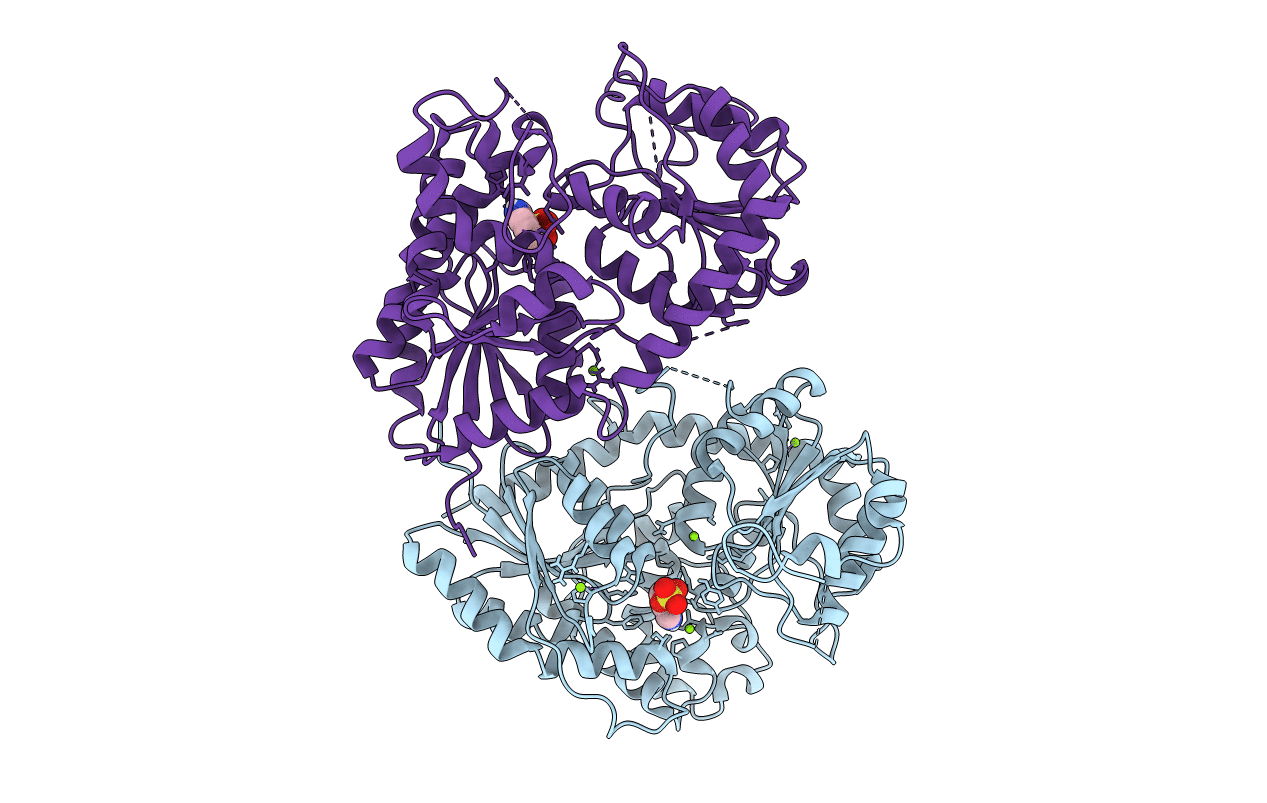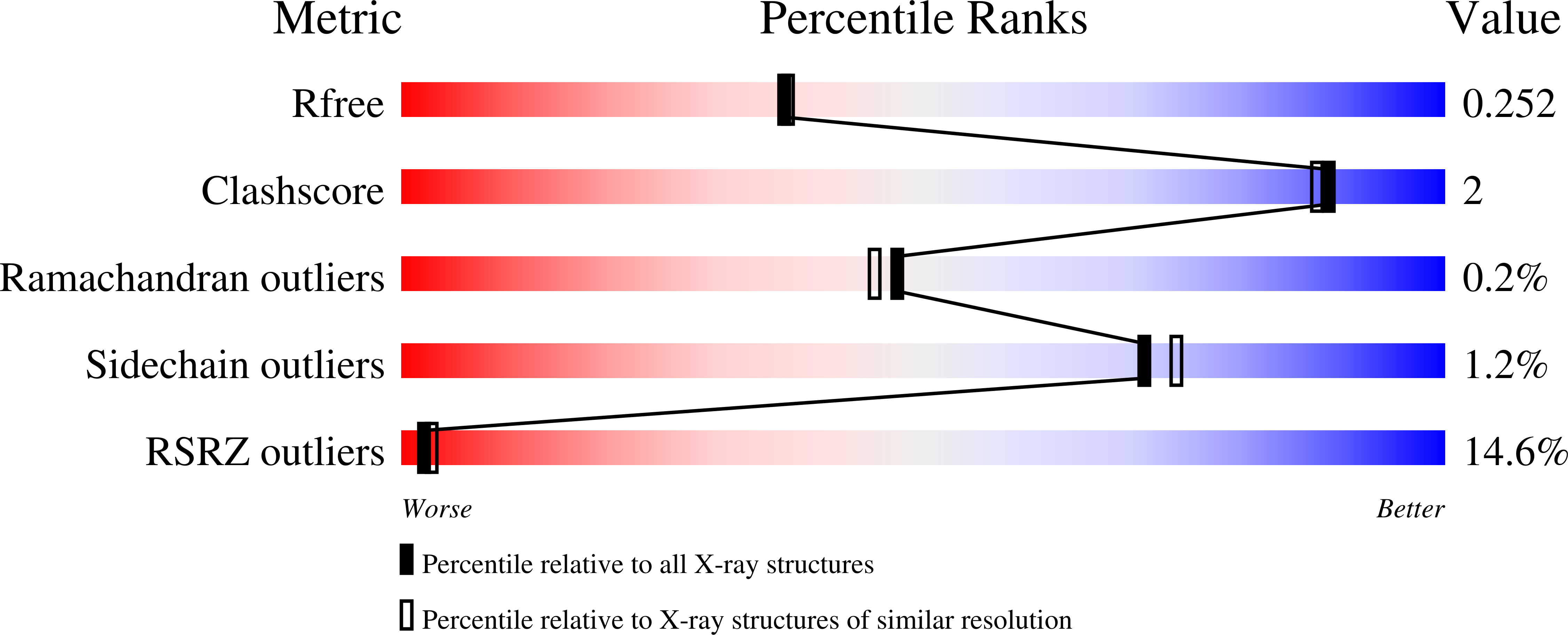
Deposition Date
2017-04-04
Release Date
2018-01-31
Last Version Date
2024-01-17
Entry Detail
PDB ID:
5NLM
Keywords:
Title:
Complex between a UDP-glucosyltransferase from Polygonum tinctorium capable of glucosylating indoxyl and indoxyl sulfate
Biological Source:
Source Organism:
Persicaria tinctoria (Taxon ID: 96455)
Host Organism:
Method Details:
Experimental Method:
Resolution:
2.14 Å
R-Value Free:
0.25
R-Value Work:
0.22
R-Value Observed:
0.22
Space Group:
P 21 21 2


